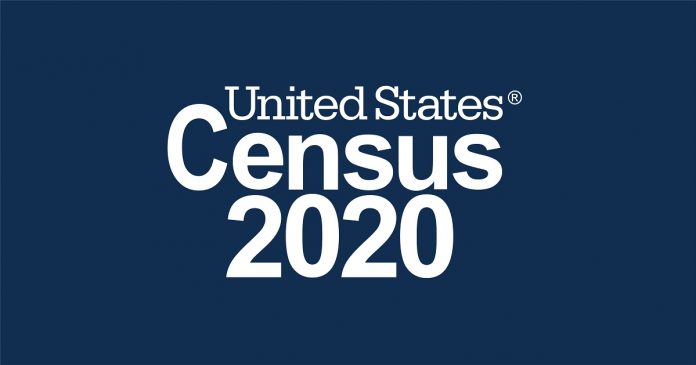San Benito was one of the three fastest-growing counties in California over the past decade, according to U.S. Census Bureau data released on Aug. 12.
The county’s total population as of April 1, 2020, was 64,209, according to the Census data. That’s a 16.2% jump in population, from 55,269 in April 2010.
The only counties that grew faster or at the same rate as San Benito from 2010 to 2020 are Trinity (16.9%) and Placer (16.2%), the census details show.
The Hispanic or Latino population has grown its majority in San Benito County in the past decade, by 25% from 31,186 to 39,241 residents. The county’s non-Hispanic/Latino population grew 3.7% from 2010 to 2020.
The numbers released by the Census Bureau Thursday also revealed continuing increases in the population of U.S. metro areas compared to a decade ago, as the bureau also released detailed databases of the 2020 numbers so governments across the country can begin redistricting efforts.
The numbers—the basis of new boundaries for local, state and federal electoral districts beginning in 2022—arrived several months behind schedule, and will be published in easier-to-understand versions Sept. 30.
The newly released local data includes details on housing growth in states and counties throughout the U.S. In San Benito County, developers and property owners built 2,495 new homes from 2010 to 2020—a 14% increase in total housing units.
The new U.S. Census data also showed significant increases nationally among people who identify as multi-racial, with Hispanic and Asian populations driving much of the nation’s population growth between 2010 and 2020.
The most populous county in the United States in 2020 remained Los Angeles County with over 10 million people. New York City remained the largest city in the U.S. in 2020 with 8.8 million people. The new data showed that 312 of the 384 U.S. metro areas gained population between 2010 and 2020.
While the White population remained the largest race or ethnicity group in the United States, with 204.3 million people identifying as White alone, as a proportion of the entire U.S. population, it decreased 8.6% over 2010.
The Hispanic or Latino population, which includes people of any race, was 62.1 million in 2020. The Hispanic or Latino population in California grew about 11% to become the largest ethnic or racial group in the state, while nationally the Hispanic population grew 23%.
“We are excited to reach this milestone of delivering the first detailed statistics from the 2020 Census,” said acting Census Bureau Director Ron Jarmin at a televised press conference.
The new numbers represent where people were living as of April 1, 2020, and will be available for the nation, states and communities down to the block level.
The Census Bureau also released data visualizations, America Counts stories, and videos to help illustrate and explain these data. These resources are available on the 2020 Census results page. Advanced users can access this data on the FTP site.
Thursday’s release also reveals changes in the size and distribution of the population across the U.S.
The population of U.S. metro areas grew by 9% from 2010 to 2020, resulting in 86% of the population living in U.S. metro areas in 2020, compared to 85% in 2010.
“Many counties within metro areas saw growth, especially those in the south and west. However, as we’ve been seeing in our annual population estimates, our nation is growing slower than it used to,” said Marc Perry, a senior demographer at the Census Bureau. “This decline is evident at the local level where around 52% of the counties in the United States saw their 2020 Census populations decrease from their 2010 Census populations.”
The 2020 census reveals that the U.S. population is much more multiracial and more diverse than what has been measured in the past, census officials said.
The percentage of the national population identifying as White dropped to 57.8% over the last decade, compared to 63.7% in 2010. During the same period, the Hispanic percentage grew to 18.7%, and Blacks held steady nationally at 12.1%.
“We are confident that differences in the overall racial distributions are largely due to improvements in the design of the two separate questions for race data collection and processing, as well as some demographic changes over the past 10 years,” said Perry in a statement.










